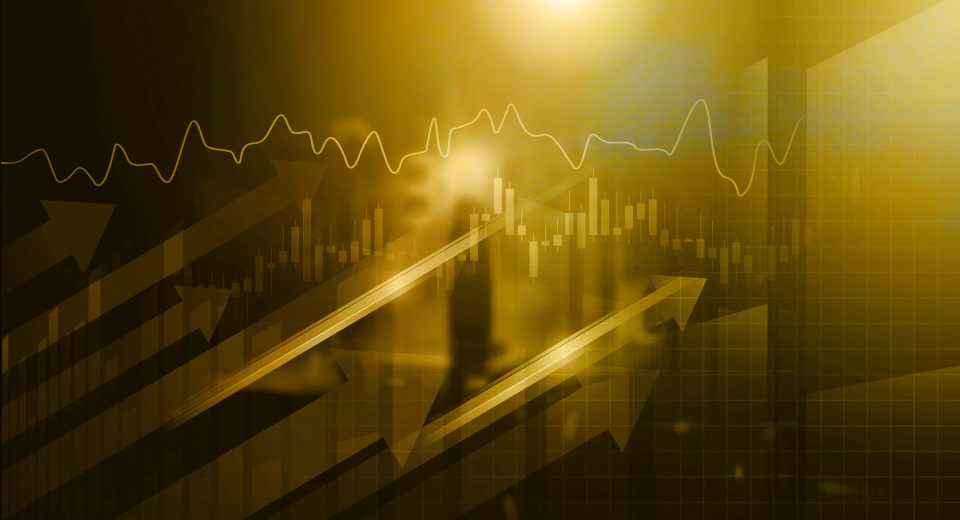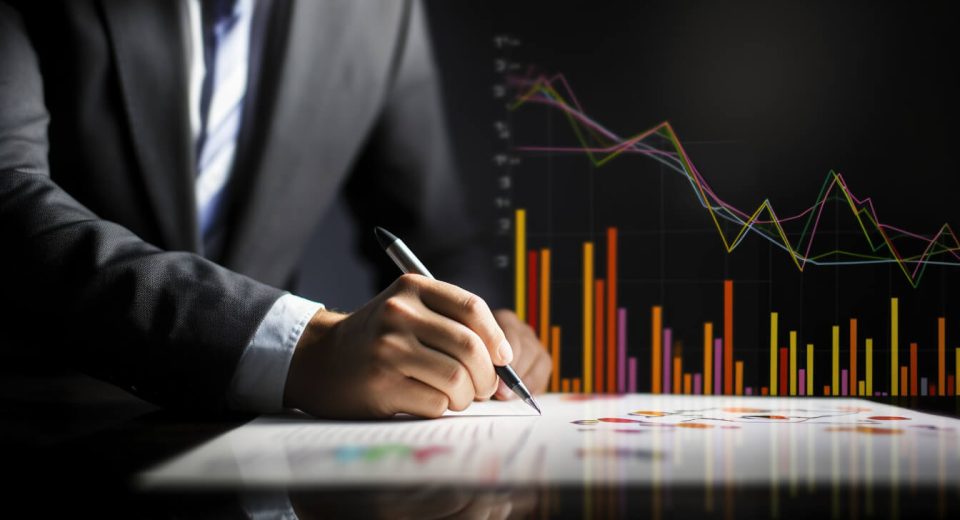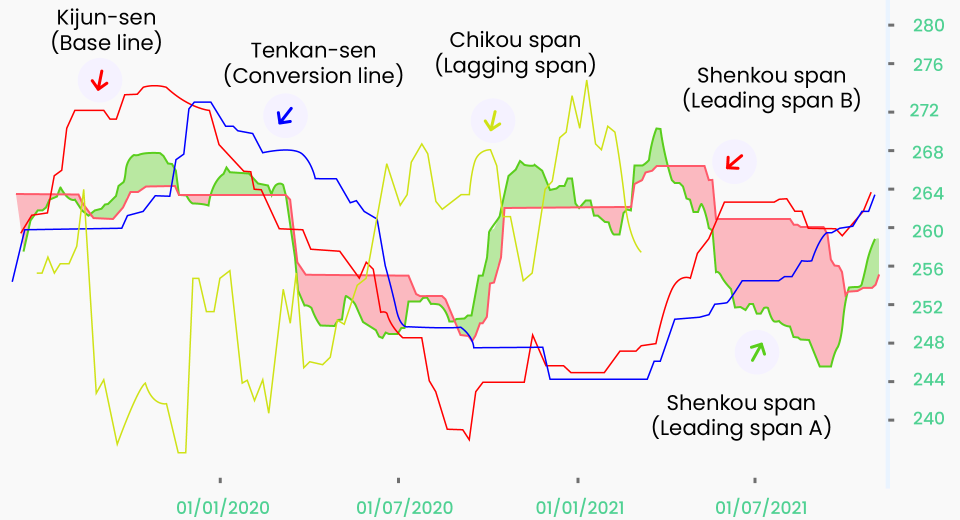Every trader wants to place winning trades and make a profit. But wanting is not enough in the financial markets. One key to success is to be consistent with planning and practising. Here are some of the learnings of professional traders that may help you become more proficient and sharpen your focus on profitability.
- Become a Student of the Markets
You don’t want to be firing in the dark. So, the first step to trading like a pro is to learn as much as you can about different assets, what impacts their prices and trading strategies that suit different trader temperaments. The essentials to start learning about the financial markets are:
Factors That Impact a Market
Markets are sometimes uncertain. However, some factors such as news updates, economic reports, comments by famous personalities, geopolitical events, and seasonal demand do impact them in broadly predictable ways. For instance, better-than-expected GDP growth figures from the US tend to have a positive impact on the global stock market. Gold prices spike during the wedding season in India. Commodity trading is higher when there are concerns around the global economic growth. A positive tweet by Elon Musk can send crypto prices higher, for example.
Fundamental and Technical Analysis
Before you begin trading, it’s important to understand the two analysis techniques that help decision making. While fundamental analysis is used more often by traders with a long-term time horizon, technical analysis is more suitable for short-term trading and for traders of derivatives like CFDs. Scalping, intra-day trading and swing trading require specific tools called technical indicators that help them uncover trading opportunities faster.
Did you know?
MetaTrader 5 offers 38 free technical indicators, and these can be easily combined with trading charts by a simple drag and drop. However, it is important to choose the indicators as per your trading style and goals.
- Develop a Trading Mindset
Pros spend time developing the right trading psyche. They equate making trading decisions with making business decisions. This requires traders to learn to control fear, disappointment, anger or overconfidence, as such emotions impede rational decision making. For this, you needs to understand emotions. Both FOMO (fear of missing out) and revenge trading to immediately earn back lost money can result in bad decisions.
It’s also important to know that even the best or most successful traders make mistakes. When a prediction goes wrong, it’s best to assess the reasons or the missing links that caused it. This can help you identify gaps in your understanding of fundamental or technical analysis, which can be honed to make better decisions.
Did you know?
More than learning when to trade, it’s important to learn when not to. Traders need to know when to exit and let an event play out in the markets, rather than revising their trading strategies.
- Evaluate Your Risk-Reward Ratio
Traders need to evaluate their financial profile to calculate the amount of capital they can safely use to trade. It’s important to never risk more money than you can afford to lose. Pro traders typically take a ratio of 1:3, which means they risk $1 for the prospect of earning $3. New and conservative traders use a higher ratio. Each of your trading positions should align with this ratio.
After working out the risk-reward ratio, you can define trading goals that are SMART – specific, measurable, attainable, realistic, and timely. It’s also important to have a long-term trading perspective. Overnight billionaires are a rarity. Wealth creation is a continuous process of portfolio protection, assessment and growth.
- Master Risk Management
Risk management techniques help traders maximise market opportunities. Master them because protecting your existing funds is as important as earning from them. Risk management needs to be an integral part of your trading strategy. Three things to keep in mind:
- Stop loss helps limit losses if the market moves against your predictions.
- Take profit helps prevent gains from being wiped off in case the market suddenly reverses.
- Size the positions right, to manage the portfolio, as it helps align trades with trading goals while keeping a tab on the risk taken per trade.
Both stop loss and take profits require careful technical analysis and adherence to risk-reward calculations.
Did you know?
Advanced techniques such as trailing stop loss along with ATR (average true range) strengthen risk management.
- Develop a Trading Strategy
All traders have unique goals, risk appetites, trading styles, and loss coping mechanisms. These, combined with their available capital and the markets they understand, are used to develop a trading strategy that is backed by research and facts. For instance, if a trader uses high leverage when trading CFDs, they must ensure their risk appetite is high. This is because high leverage can magnify both profits and losses. Conversely, if an intra-day trader prefers to take only two positions a day, they must allocate enough capital per trade to make satisfactory gains.
Use technology to your advantage and try automated trading with bots or you can choose copy trading till you gain some experience.
Did you know?
Forex is the most liquid market and is projected to expand to a whopping $1.14 trillion by 2028. Pro traders choose both liquid and volatile markets to increase the number of available opportunities.
- Practise And Practise Some More!
The importance of practising everything you learn cannot be emphasised enough. This will improve your trading experience over time. There will be times when the market moves against you. Practising can help you gain more confidence in your trading decisions and keep your nerve.
Practising on a demo account also helps you understand how well your trading strategy is aligned with your trading goals and evaluate its performance. It helps you understand which market conditions, trading strategies, and asset classes suit your trading style. For instance, scalping is a technique best suited for those who do not get nervous when some positions go in the red. For those who cannot handle the stress of high-frequency trading, taking longer-term positions is better.
To Sum Up
- Beginners should understand the markets and what moves them.
- It’s important to learn the techniques and application of fundamental and technical analysis.
- Knowing your risk-reward ratio helps define your trading goals.
- Risk management is a skill every trader must practise.
- Trading strategies that align with goals and adopting risk management help traders make the most of the opportunities offered by the financial markets.
- Practising on a demo account is important every time you begin trading a new asset, wish to use a new technique, or tweak an existing strategy.
Disclaimer:
All data, information and materials are published and provided “as is” solely for informational purposes only, and is not intended nor should be considered, in any way, as investment advice, recommendations, and/or suggestions for performing any actions with financial instruments. The information and opinions presented do not take into account any particular individual’s investment objectives, financial situation or needs, and hence does not constitute as an advice or a recommendation with respect to any investment product. All investors should seek advice from certified financial advisors based on their unique situation before making any investment decisions in accordance to their personal risk appetite. Blackwell Global endeavours to ensure that the information provided is complete and correct, but make no representation as to the actuality, accuracy or completeness of the information. Information, data and opinions may change without notice and Blackwell Global is not obliged to update on the changes. The opinions and views expressed are solely those of the authors and analysts and do not necessarily represent that of Blackwell Global or its management, shareholders, and affiliates. Any projections or views of the market provided may not prove to be accurate. Past performance is not necessarily indicative of future performance. Blackwell Global assumes no liability for any loss arising directly or indirectly from use of or reliance on such information herein contained. Reproduction of this information, in whole or in part, is not permitted.





